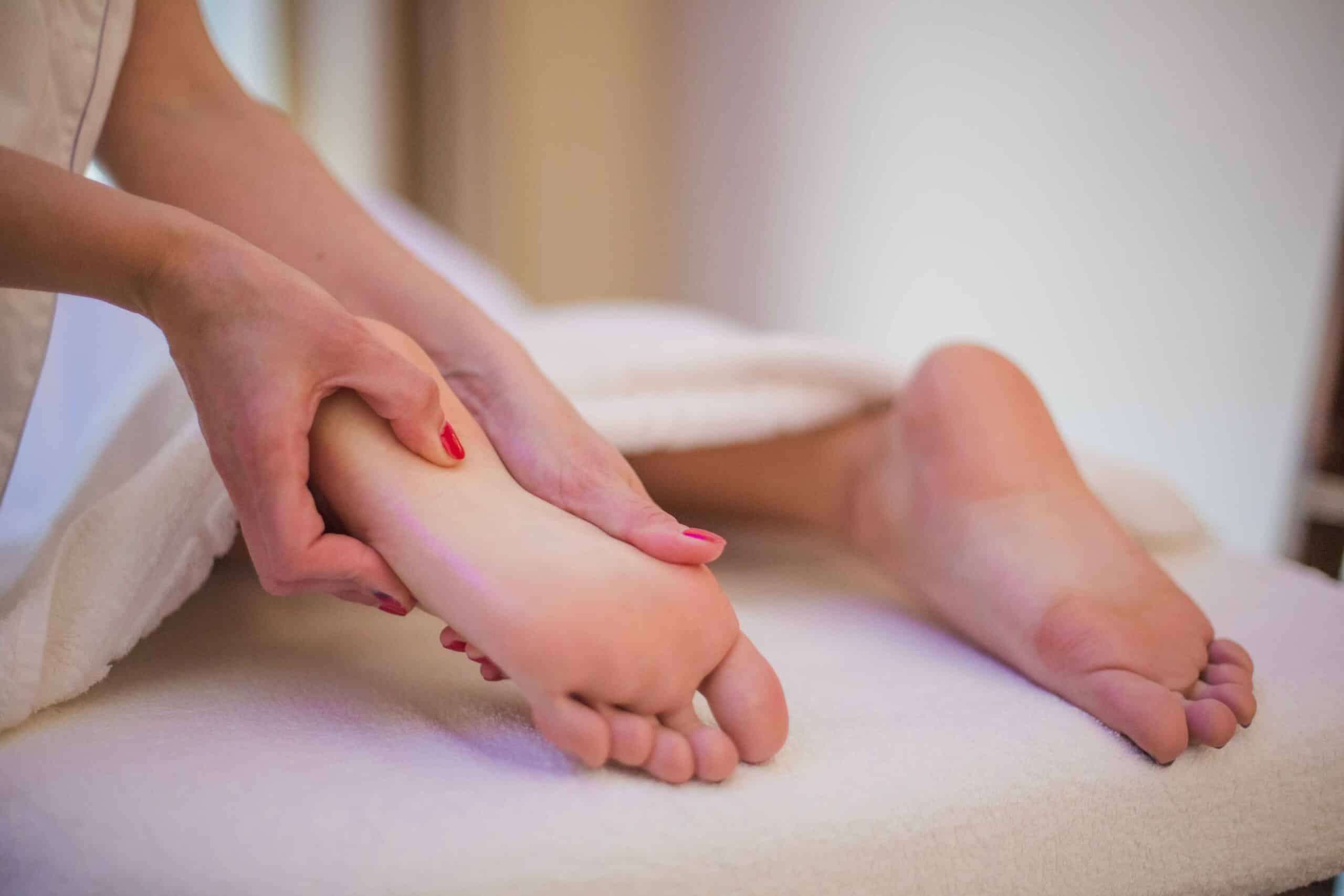How to Massage Plantar Fasciitis
Managing plantar fasciitis discomfort often requires a combination of techniques to reduce pain and improve recovery. Massage therapy is a key approach, offering targeted relief to the plantar fascia while boosting blood flow and decreasing inflammation. For optimal results, consider consulting a local massage therapist, who can guide you with effective techniques and advice tailored to your needs. Additionally, tools like essential oils, stretching exercises, and orthotic inserts can enhance your overall recovery. This guide explores massage methods, complementary treatments, and when to seek professional help for plantar fasciitis.

Benefits of Plantar Fasciitis Massage
Regular massage therapy is an effective way to alleviate the pain and discomfort caused by plantar fasciitis. By applying pressure to specific areas such as the heel, arch, and calf, massage can relieve tension in the plantar fascia and improve blood circulation. This process reduces inflammation and helps to heal the tissue more effectively.
Massaging the affected areas can also break down adhesions and scar tissue that form due to repetitive stress, improving flexibility and promoting a more natural gait. Regular massage not only provides immediate relief but can also prevent future injuries by maintaining healthy foot tissue. Consulting a skilled massage therapist familiar with plantar fasciitis ensures the techniques used are both safe and effective for your specific condition.
Essential Oils for Plantar Fasciitis
Natural oils can play a supportive role in managing plantar fasciitis symptoms. Peppermint oil, lavender oil, and eucalyptus oil are popular choices due to their anti-inflammatory and pain-relieving properties. When mixed with carrier oil, such as coconut or almond oil, these essential oils can be gently massaged into the affected area to enhance relaxation and reduce discomfort.
- Peppermint oil provides a cooling sensation and helps numb pain.
- Lavender oil promotes relaxation and reduces muscle tension, supporting restful sleep.
- Eucalyptus oil enhances circulation and alleviates pain in the foot.
Always perform a patch test before using essential oils to avoid adverse reactions. Consult a healthcare professional for guidance if you have sensitive skin or underlying conditions.
Techniques for Plantar Fasciitis Relief
A variety of techniques can complement massage therapy for managing plantar fasciitis symptoms effectively:
- Stretching Exercises: Stretching the calf muscles and Achilles tendon helps reduce strain on the plantar fascia.
- Orthotic Inserts: These provide arch support and cushioning to minimize pressure on the foot.
- Night Splints: Wearing splints at night keeps the foot stretched, reducing morning stiffness.
- Ice Massage: Rolling a frozen water bottle under the foot can reduce swelling and numb pain.
- Physical Therapy: Strengthening foot and ankle muscles improves stability and reduces symptoms.
Incorporating these methods into a comprehensive treatment plan can improve comfort and promote healing.
Self-Massage Tips for Plantar Fasciitis
Self-massage can be an effective way to alleviate the symptoms of plantar fasciitis. Here are some simple techniques you can use:
- Use your thumbs to apply gentle pressure along the arch of your foot, moving in circular motions to release tension.
- Roll a tennis ball or a frozen water bottle under your foot, focusing on tender areas.
- Stretch the plantar fascia by pulling your toes toward your shin and holding the stretch for 30 seconds.
- Massage your calf muscles with your hands or a foam roller to reduce tightness in the foot.
Be consistent with these techniques, but avoid applying excessive pressure that could aggravate the condition. Self-massage can work well alongside professional treatments for enhanced recovery.
When to Seek Professional Help
If self-care techniques do not relieve your plantar fasciitis symptoms, it may be time to consult a healthcare professional. Persistent or worsening pain, swelling, or limited mobility are signs that professional treatment may be necessary. A podiatrist or physical therapist can assess your condition and create a customized plan to address the underlying causes of your pain.
Seeking expert help is particularly important if your condition interferes with daily activities or shows signs of infection, such as redness, warmth, or fever. Early intervention can prevent complications and help you return to your routine more quickly.
Other related articles:
The post How to Massage Plantar Fasciitis appeared first on Body Balance Massage and Float.
Article Source : bbmassageandfloat.com/how-t...